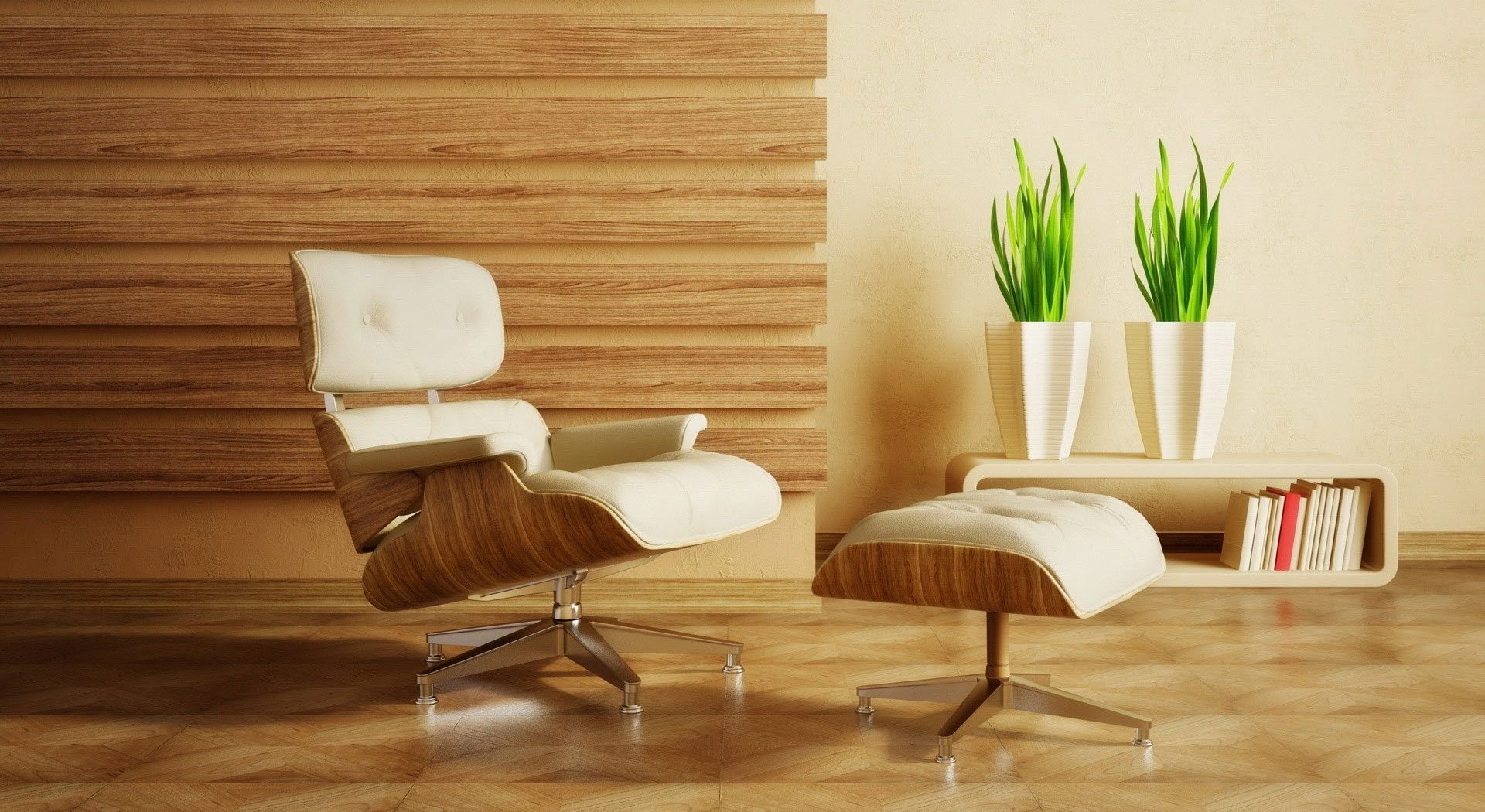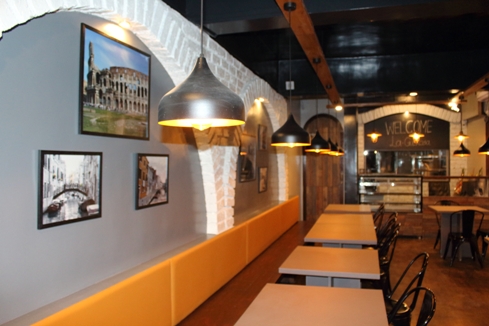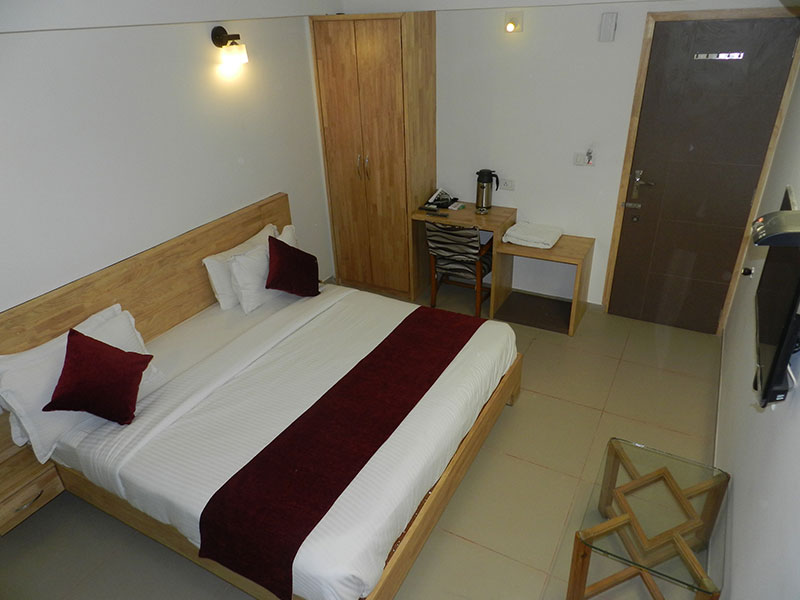Biophilic design is a concept that incorporates elements of nature into the built environment in order to enhance the well-being and productivity of the people who use that space. Some common elements of biophilic design for interior spaces in buildings include:
- 1. Natural light: Incorporating windows and skylights that bring natural light into the space can improve mood and productivity, as well as help regulate circadian rhythms.
- 2. Plants: Adding plants to interior spaces can improve air quality, reduce stress, and enhance the overall aesthetic of the space.
- 3. Natural materials: Using natural materials such as wood, stone, and clay in the design and construction of the space can create a sense of connection to the natural world.
- 4. Water features: The presence of water, whether it be a small fountain or an aquarium, can have a calming and soothing effect on occupants.
- 5. Biomorphic shapes and patterns: Incorporating shapes and patterns found in nature into the design of the space can create a sense of connection to the natural world.


